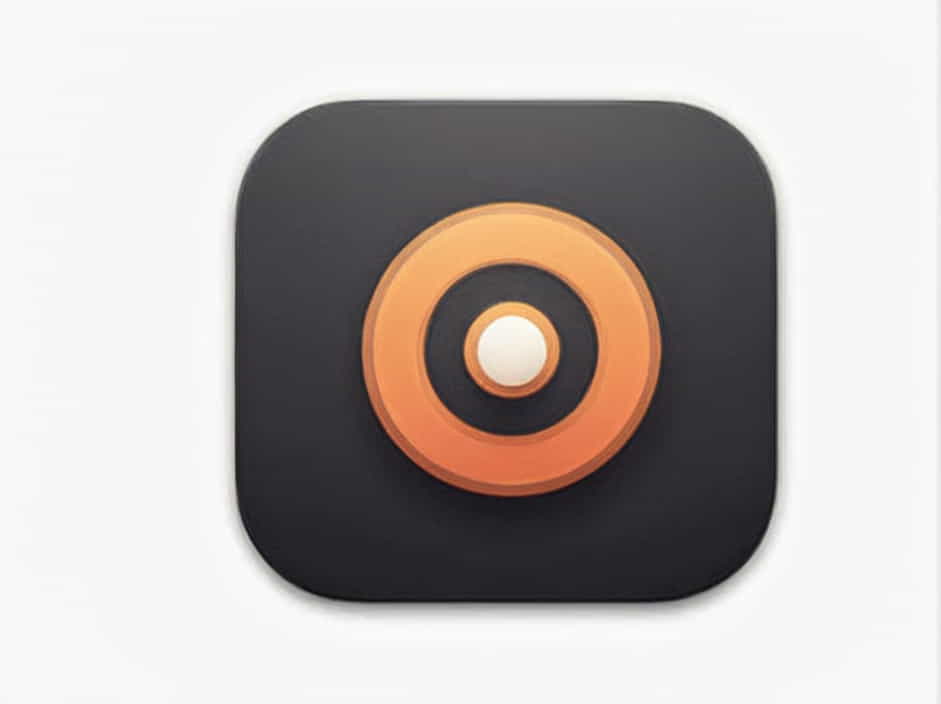An equalizer (EQ) is an essential tool in audio processing that allows you to adjust the balance of different frequency components in a sound signal. Whether you’re a music producer, audio engineer, or casual listener, understanding how an equalizer works can significantly improve your listening experience.
Equalizers are found in home audio systems, car stereos, smartphones, music production software, and professional studio equipment. They help shape the sound by enhancing or reducing specific frequencies, ensuring a clearer, more balanced audio output.
How Does an Equalizer Work?
An equalizer manipulates frequencies within an audio signal, allowing you to increase or decrease certain sound elements. The human ear perceives sound in a range of frequencies from 20 Hz to 20 kHz, which an equalizer can modify to achieve the desired tone.
Equalizers are typically divided into bands, each controlling a specific frequency range. By adjusting these bands, you can fine-tune the audio to enhance clarity, remove unwanted noise, or create a particular sound effect.
Key Frequency Ranges in an Equalizer
-
Sub-Bass (20 Hz – 60 Hz): Enhances deep, rumbling sounds like explosions or bass lines.
-
Bass (60 Hz – 250 Hz): Affects the punch and warmth of the sound, especially in drums and bass guitars.
-
Low Midrange (250 Hz – 500 Hz): Controls body and fullness in vocals and instruments.
-
Midrange (500 Hz – 2 kHz): Impacts the clarity of vocals, guitars, and pianos.
-
Upper Midrange (2 kHz – 6 kHz): Adds presence to voices and instruments, making them stand out.
-
Treble (6 kHz – 20 kHz): Affects brightness and detail in cymbals, hi-hats, and sibilant sounds.
Types of Equalizers
1. Graphic Equalizer
A graphic equalizer consists of multiple sliders, each representing a specific frequency band. This type is common in home audio systems, car stereos, and live sound setups.
Pros:
✔ Easy to use with visual representation of frequency bands
✔ Allows precise manual adjustments
Cons:
✘ Limited control over individual frequencies
✘ Can be complex for beginners
2. Parametric Equalizer
A parametric equalizer offers more flexibility, allowing you to adjust:
-
Frequency selection (which frequency to modify)
-
Gain (how much to boost or cut)
-
Q factor (how wide or narrow the adjustment is)
This type is commonly used in music production and professional sound engineering.
Pros:
✔ Greater control over frequency adjustments
✔ Helps fix sound issues with precision
Cons:
✘ Requires technical knowledge
✘ More complex than a graphic equalizer
3. Shelving Equalizer
A shelving equalizer boosts or cuts all frequencies above or below a selected point. It is often used in home audio and consumer devices.
Pros:
✔ Simple and effective for basic adjustments
✔ Common in car stereos and home speakers
Cons:
✘ Limited control over midrange frequencies
✘ Less precise than a parametric EQ
4. Dynamic Equalizer
A dynamic equalizer automatically adjusts frequencies based on the input signal. It functions similarly to a parametric EQ but adapts in real time, making it useful for live performances and mastering audio tracks.
Pros:
✔ Adjusts automatically for varying sound levels
✔ Ideal for reducing harsh frequencies in vocals
Cons:
✘ More complex to use
✘ Requires advanced audio knowledge
Common Uses of an Equalizer
1. Improving Music Quality
Adjusting the EQ settings can enhance bass, treble, and midrange frequencies to create a more immersive listening experience.
Example:
-
Boosting bass (60 Hz – 250 Hz) for a stronger low-end in hip-hop music
-
Enhancing midrange (500 Hz – 2 kHz) for clearer vocals in rock songs
2. Enhancing Voice Clarity
Equalizers help improve speech intelligibility in podcasts, audiobooks, and conference calls.
Example:
-
Cutting low frequencies (below 200 Hz) to remove background hum
-
Boosting upper midrange (2 kHz – 4 kHz) for clearer voice projection
3. Reducing Unwanted Noise
EQ adjustments can help eliminate hissing, rumbling, or muddy sound in audio recordings.
Example:
-
Reducing low-end rumble (below 100 Hz) in live recordings
-
Cutting harsh treble (above 8 kHz) to minimize sharp sibilance
4. Customizing Car Audio Settings
Car audio systems often include built-in EQ settings to enhance sound quality based on vehicle acoustics.
Example:
-
Boosting bass frequencies for a deeper, more powerful sound
-
Cutting midrange frequencies to prevent distortion at high volumes
5. Mixing and Mastering in Music Production
Professional audio engineers use equalizers to shape the final sound of a track.
Example:
-
Adjusting kick drum frequencies (50 Hz – 100 Hz) for better punch
-
Boosting guitar mids (800 Hz – 2 kHz) to make them stand out in a mix
How to Use an Equalizer Effectively
-
Start with a Flat EQ – Before making adjustments, reset the equalizer to flat (all bands at zero) to hear the natural sound.
-
Identify Problem Frequencies – Listen carefully and determine which frequencies need boosting or cutting.
-
Make Small Adjustments – Avoid extreme boosts or cuts, as they can distort the sound.
-
Use the Q Factor Wisely – A narrow Q factor targets specific frequencies, while a wide Q factor affects a broader range.
-
Test with Different Tracks – Play multiple types of audio (music, speech, effects) to ensure balanced sound.
An equalizer is a powerful tool for shaping sound by adjusting specific frequencies. Whether you’re fine-tuning your home audio system, improving music clarity, or mixing a professional track, understanding how an EQ works can help you achieve the perfect sound balance.
From graphic and parametric equalizers to shelving and dynamic EQs, each type serves a unique purpose in music playback, audio production, and sound design. By learning how to adjust EQ settings effectively, you can significantly enhance your listening experience, making your audio sound clearer, richer, and more immersive.
